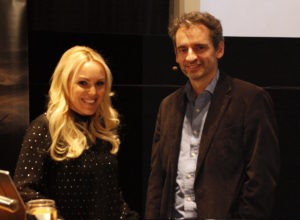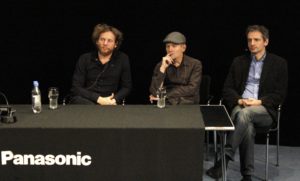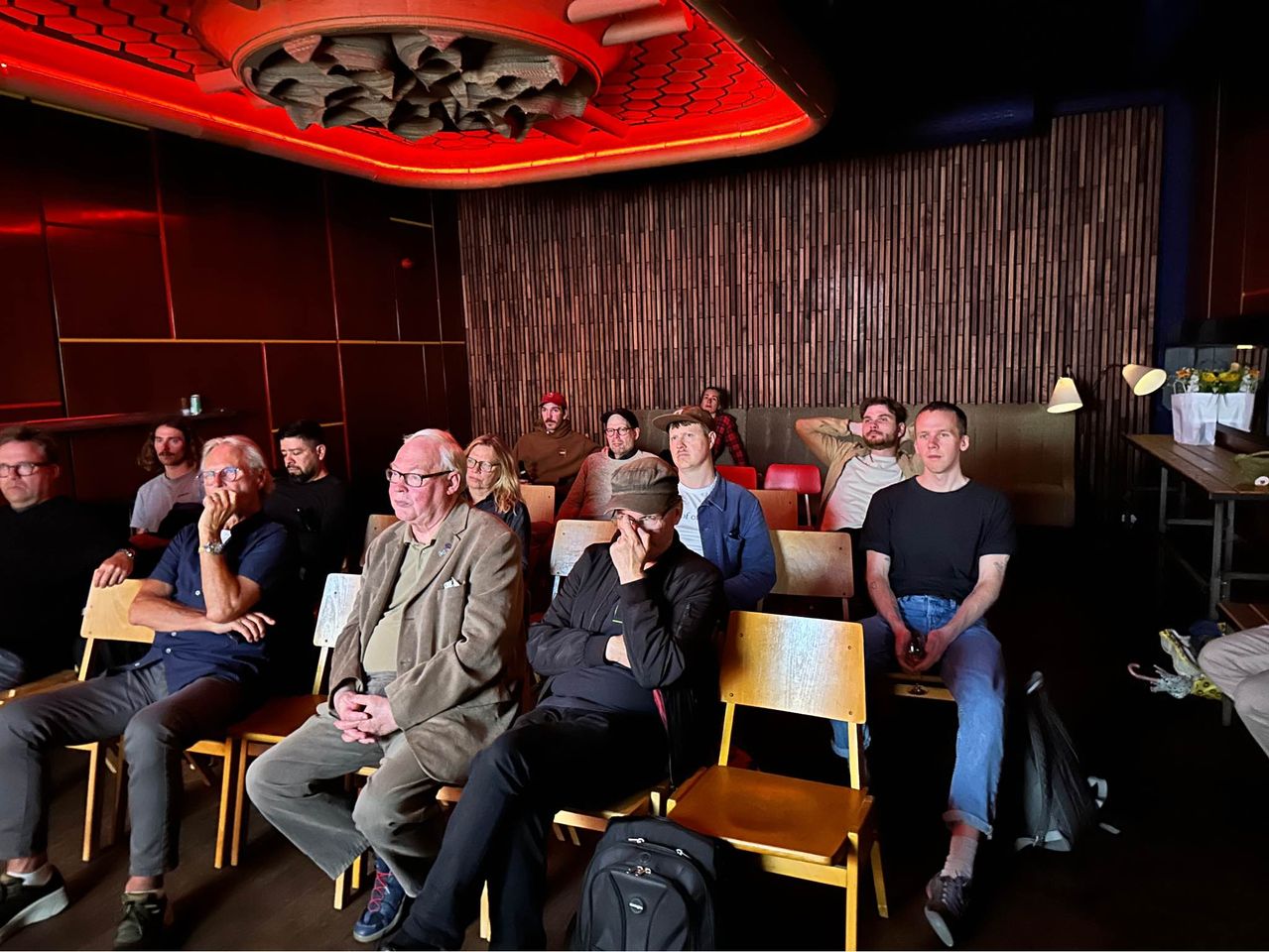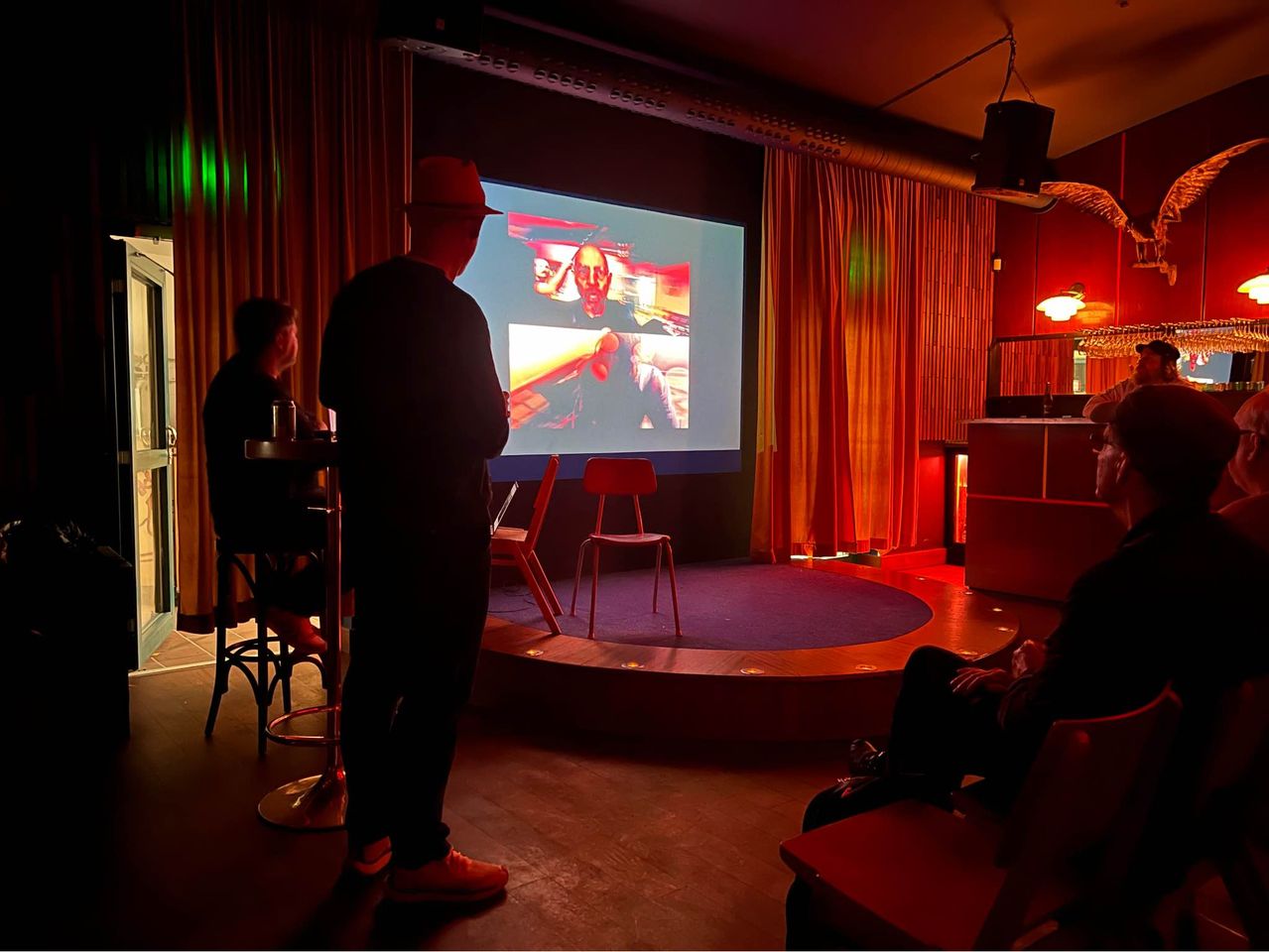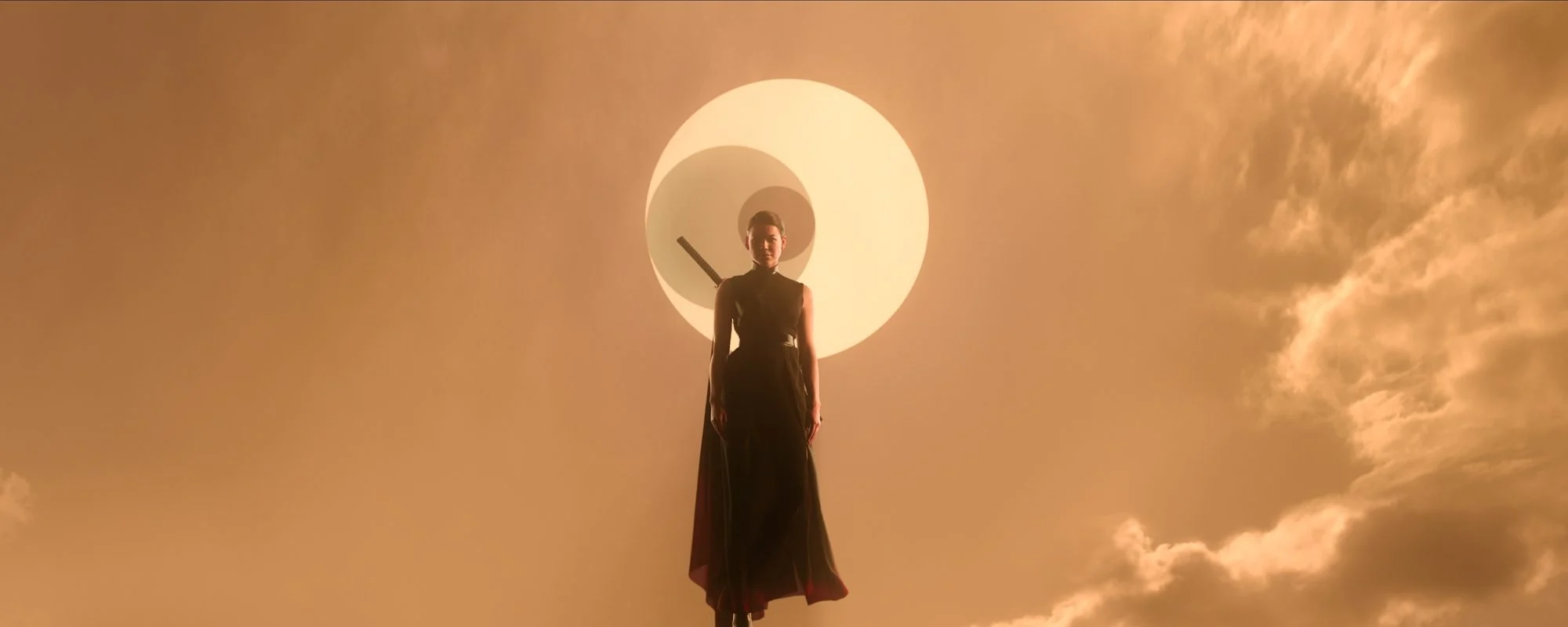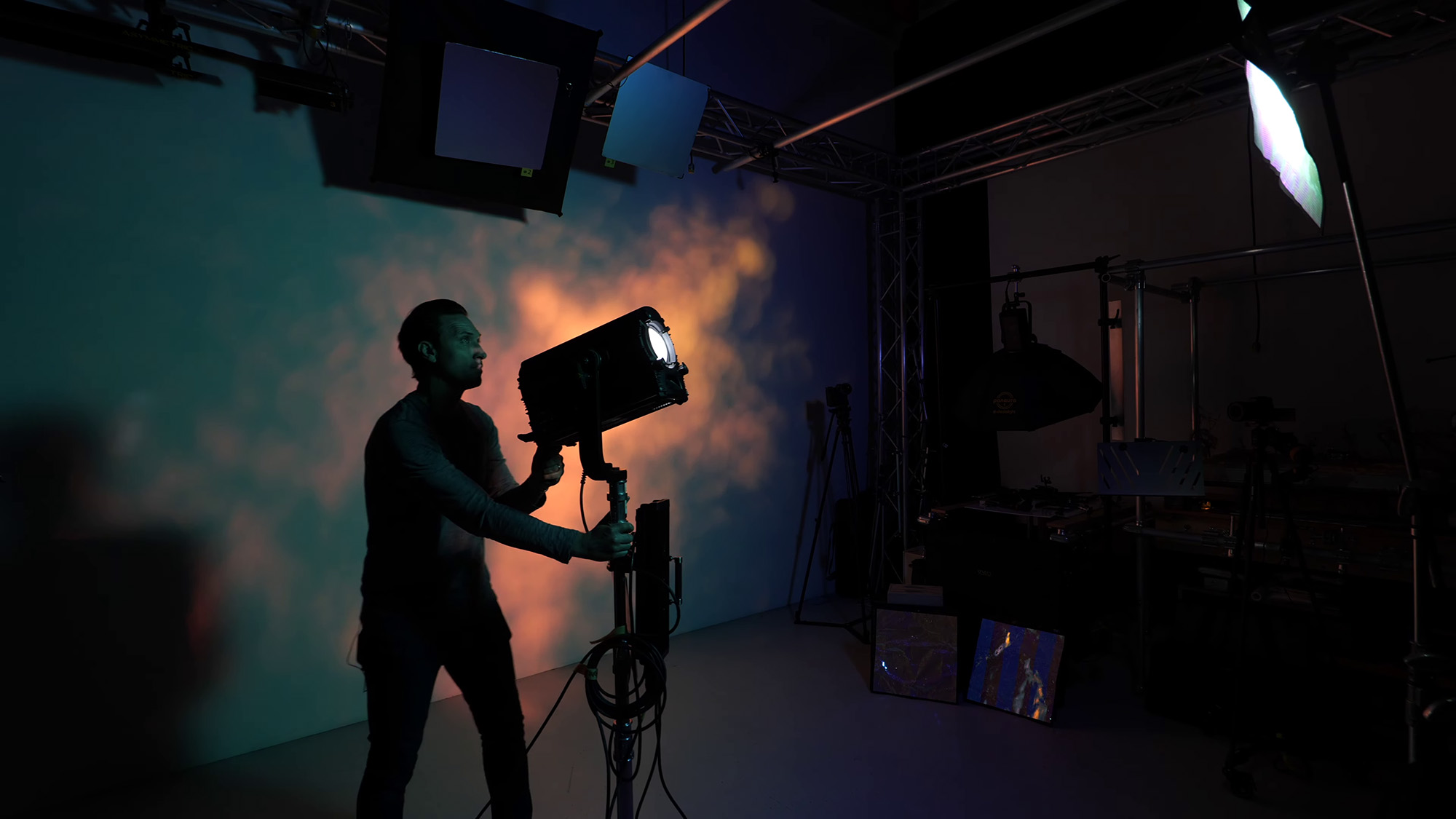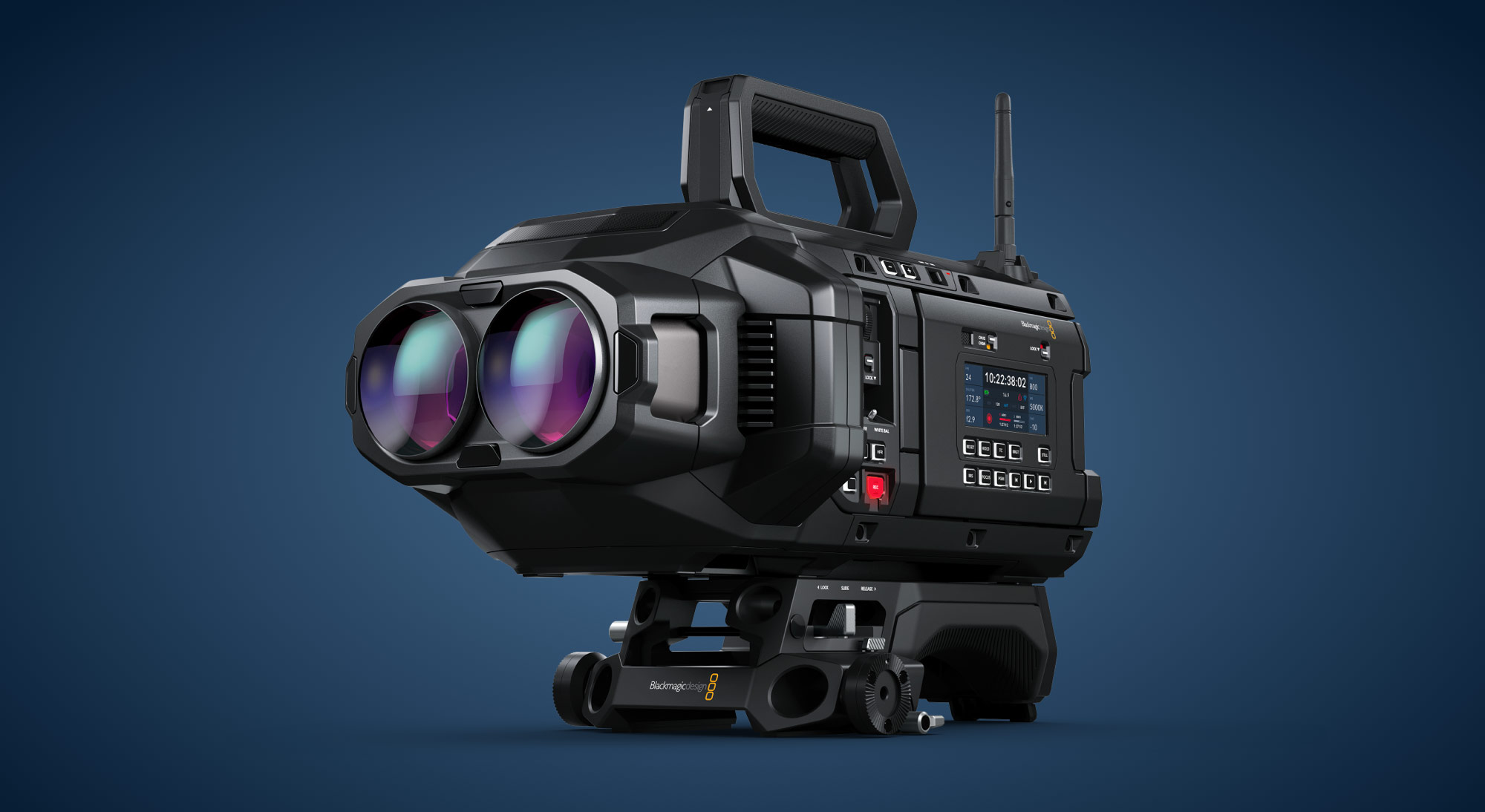Panasonic Varicam Workshop 2017 – English
Thursday the 16th, at the Swedish Film Institute Victor cinema, the FSF in collaboration with Panasonic and Mediateknik AB held the ”Varicam Experience and Colour Managment Workshop”.
The workshop consisted of three lectures. First speaker was Luc Bara from Panasonic followed by distinguished Norwegian cinematographer John Christian Rosenlund, FNF, and finally colourist Dado Valentic. This was followed by a Q&A and then everyone gathered for snacks and refreshments in the Victor foyer.
Responsible from the FSF for pulling this project off are Alex Linden and Michael Kaare Petersen, and just prior to the show Michael explained to me what he hoped to accomplish with the workshop.
”The FSF must arrange more events like this one, in part because we want the manufacturers -in this case Panasonic- to hear from us what features are valuable to us in the equipment they manufacture, but we also wish to reach out to more communities in our business, like colorists, gaffers, producers and directors. I have a lot of experience arranging this kind of event, having spent the last seven years heavily involved in the GoKinema in Gothenburg. We in the FSF must make more events like this happen in Stockholm also”.
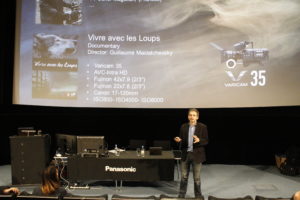
Luc Bara explains the many advantages of the Varicam. Prestigious industry players like the BBC, CBS, HBO and Netflix have been quick to adopt the Varicam for their productions.
Michael Kaare Petersen opened the event with a short introduction before handing over to Luc Bara who gave a brief description of how the Varicam was launched 12 years ago and was so named because it was at that time one of very few video cameras that could shoot at various frames per second. The camera has obviously evolved since then and during the last two years Panasonic have been successfully launching the latest edition of the camera.
Right now there are three models of the camera which all share the same super 35 sensor: the Varicam 35, the Varicam LT (for light) and the Varicam PURE.
The PURE is about 16 cm shorter than the Varicam 35 and therefore an excellent choice if you need to work with gimbals and handheld camera. Both the Varicam 35 and the Varicam PURE are modular constructions, you can detach the Recording Module if the necessities of weight or space should dictate it.
The Varicam has a dual native sensor, rated at 800 ISO as well as 5000 ISO, so you could regard it as a motion picture camera with two raw stocks. The sensor was initially designed as a 5000 ISO unit, but the 800 ISO circuitry was added during development. The sensor will give its best performance in terms of dynamic range at 5000 ISO.
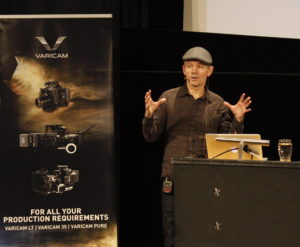
John Christian Rosenlund, FNF. The three versions of the Varicam: the LT, 35 and PURE can be seen to the left.
Many cinematographers have commented that the Varicam yields very film-like images, Luc tells us. Actually, at extremely low light levels the camera features a very cinematic random grain pattern, looking very much like film grain, and this actually has nothing to do with the sensor: rather what you see is the effect of individual photons hitting the sensor!
Luc shows us three examples of how the camera has been used: a French (very beautiful) documentary about wolves, an American fiction series for cable centering on Sun Records Studio in Memphis, Tennessee in 1956 with its famous artists like Elvis Presley, Johnny Cash etc, and a French feature film based on the works of Guy DeMaupassant. The latter was originally slated to be shot on 35 mm, but tests convinced the filmmakers that the Varicam was a viable option and the resulting images were really beautiful -shot in the 1,37:1 aspect ratio as well!
A strong advantage of the Varicam is the capacity to simultaneously record files at different resolution, i. e. 4K UHD and h264. The latter is intended for off-line editing, but h264 recording is actually something the customers appreciate, because the Varicam is frequently used to shoot theatre performances and operas, and then obviously the ability to shoot three hours nonstop is invaluable.

The feature film ’The King’s Choice’ is this year’s Norwegian contribution to the Oscars, and centers on the dramatic escape of the Norwegian monarch when Germany unexpectedly attacked Norway in 1940.
Norwegian cinematographer John Christian Rosenlund, FNF was one of the first to use the Varicam on a feature film. The reason for this was that when planning ’The King’s Choice’ the ambition was to shoot everything in the actual locations where the events took place in 1940.
Especially ones sequence depicting Norwegian soldiers engaging German elite forces at night proved particularly challenging. Rosenlund first shot tests with the camera intended for principal photography for the whole feature -but the material turned out pitch black, there were no images at all! Rosenlund wanted a documentary feel during this sequence, and therefore wanted to shoot in available light and when you see the finished sequence in the feature you realize he was right: the footage has an incredibly intense visceral feeling to it, you really feel the anguish of the Norwegian soldiers battling the German army!
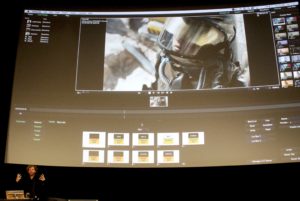
Dado Valentic demonstrates how he can make the Varicam mimic a selection of Kodak motion picture raw stocks.
Dado Valentic, a colourist based in London and Los Angeles and the recipient of several awards, is the third speaker this evening, and informs us that many new series from Netflix and Amazon are initially mastered in HDR. ‘Look comes first’ Dado informs us, especially when it comes to HDR. You should decide which look you want before you begin principal photography -even though today we’re getting used to colour correction being something you do after you wrap a shoot. Dado will typically colour correct an episode of ‘Marco Polo’ in four days, and that means creating an HDR- as well as a SDR Version.
Dado is a big fan of the Varicam, not least because it has a built in Internal Grading Engine, which means you can use WiFi to send a LUT from your laptop to the camera, which it in turn will apply to the footage you shoot. He recounts one recent shoot in South Africa where he would send one LUT at a time from his laptop to the camera, sitting together with the cinematographer and client and thus allowing them to quickly decide on the proper look for the material to be filmed. Dado even feels the Varicam is so user-friendly you don’t necessarily need a DIT on the set.

Michael Kaare Petersen, FSF, has every reason to look pleased, the workshop was a success. In the background production technician Thomas Brennan from the StDH.
The Varicam PURE can record 4K RAW at 120 fps, which according to Dado puts it in a class by itself right now. He also feels you really need a lot of light if you want burnt-out highlights from a Varicam PURE.
Lars Pettersson
